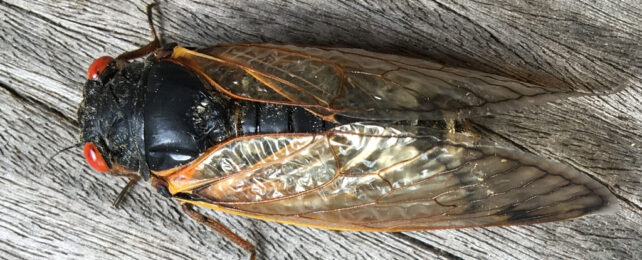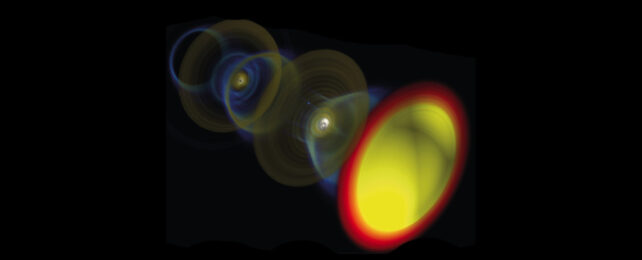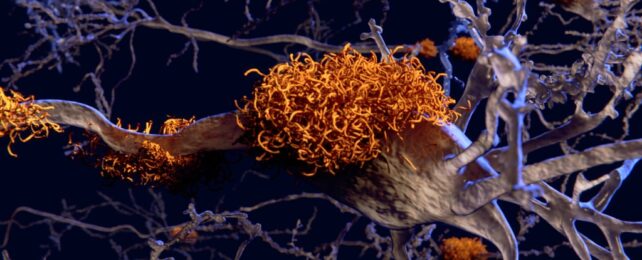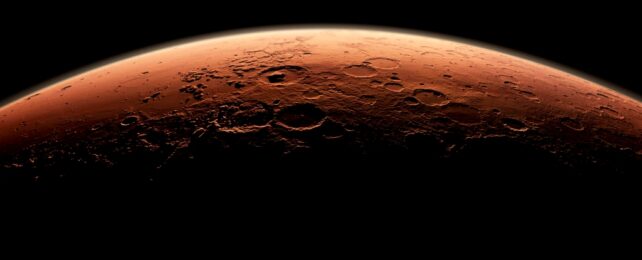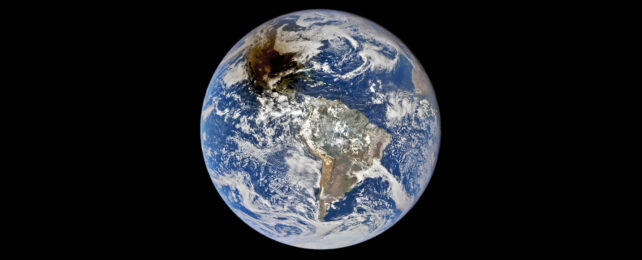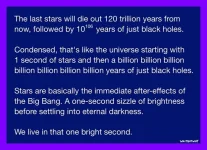- Joined
- Mar 10, 2020
- Messages
- 9,030
- Reaction score
- 4,822
- Location
- Florida
- Gender
- Male
- Political Leaning
- Independent
Your right.I assume you are referring to the global workspace theory?
While that shows us what areas of the brain light up when we perform certain tasks, it doesn't really explain how our brains know which information to broadcast between different paerts of the brain and which not to. Whatever the case may be, it certainly suggests that more complex levels of sapient reasoning requires much more broadcasting than more mundane tasks.
Also, since we live in a digital era, it is very tempting to analogize biological brains with computers, and while that certainly works to some degree, it may eventually turn out to be a mistake.
The human brain is the most complicated organ that nature has ever created ..100 billion nerve cells and many more contact points between them provide our brain with capabilities that no supercomputer can match to this day.
More than likely whats sitting on our shoulders are the most complicated objects in the universe.
I believe life exist elsewhere in the universe, maybe in our solar system. But complicated life like ourselves ..rare if not none.
The trajectory of evolution of life on Earth, for the most part, wasn't towards intelligence ..it was all about biological weapons.
Why, life feeds on life.







